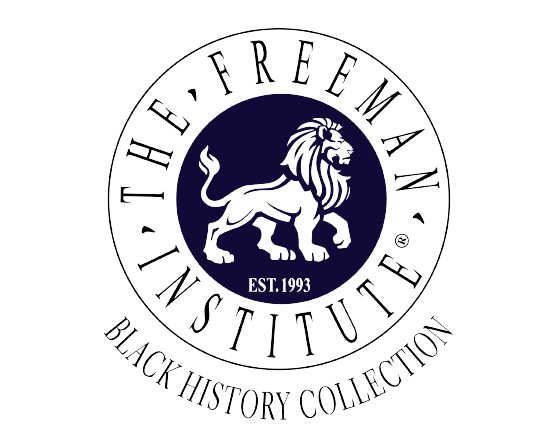
Henrietta Marie

Authentic slave ball manufactured mid to late 1600s (above, left), with unique handle (approx. 50 lb.), -- used on the known London-based slave ship, Henrietta Marie, the oldest identifiable slave ship wreck in the world (July 1700); featured in National Geographic's (August, 2002) -- for "trouble-makers", #3 written on it. A priceless artifact found in 1982 by a Navy-trained diver about 500 feet from the wreck site, who wrote about his find in an authentification letter, establishing provenance. Haven't seen anything quite like this artifact...
In 1699 the ship sailed from London to West Africa with a cargo of pewter, beads and other English goods. The ship then headed for Jamaica, where the captain sold the cargo of Africans. Most of the captives were headed for sugar plantations where they’d be worked to exhaustion, many dying within five to ten years. On the journey home to Great Britain, in July 1700, a fierce storm sank the ship of the coast of Key West, Florida.
By one estimate Henrietta Marie’s cargo grossed well over £3,000 (more than $400,000 today) for the ship’s investors. Sturdy and fast, the Henrietta Marie traveled the infamous triangular trade route favored by the slavers -- from England to the Guinea coast, to the Americas, then home again. Accounts relating to the Henrietta Marie’s voyages were uncovered, as were the names of her investors, captains, and wills of some of her crew members. Artifacts found at the site proved particularly helpful in creating a picture of shipboard life and the practices of the slave trade. An "impossible-to-find" item from this historic ship wreck...
-- Shackles. Rare iron ball and chain for a slave, with an early 1860's tower leg iron attached at the end of chain. Tower takes a barrel bit key to unlock. The tower ball and chain has an approx. 5" ball with a 4" handle built into the ball when the ball was cast. It has a long chain.
-- Slave shackles. A friend purchased them from a reputable dealer of such items in Ethiopia.
-- Slave Shackles. Another friend purchased them from a reputable dealer in the Congo.
-- Slave shackles. We got them from a gentleman at the Slave Coast castle in Ghana. He wrote in the authentification letter relating the history of the shackles. He stated that his ancestors had used them in collecting slaves for the Europeans. An hard-to-find item with a verifiable provenance.
-- More than seventy-five Genuine bronze Manilla slave bracelets used in the slave trade in the 1700s, used as money to purchase slaves. It would take 2 to 15 of these bracelets to purchase a healthy male, depending upon the supply and where he was sold. The bracelet depicted was salvaged from a sunken slave ship. It is about 2 1/4" wide, 3 oz.
B ACKGROUND: Copper was the "red gold" of Africa and had been both mined there and traded across the Sahara by Italian and Arab merchants. Size is 3.25" in diameter. The early Portuguese explorers of the 1470s observed that copper bracelets and leg bands were the principal money all along the west African coast. They were usually worn by women to display their husband's wealth. The Portuguese crown contracted with manufacturers in Antwerp and elsewhere to produce crescent rings with flared ends of wearable size which they called "manilla," after the Latin manus (hand) or from monilia, plural of monile (necklace). A typical voyage took manillas and utilitarian brass objects such as pans and basins to West Africa, then slaves to America, and cotton back to the mills of Europe. By the 1780s traders had discovered a growing preference among African slavers for brass over copper, and manillas of varying size with subtle differences in thickness and end-flare were being made principally in Birmingham, a major brass-working center, though the French probably cast theirs in Nantes. The Africans had names for each variety of manilla, valued them differently, and were notoriously particular about the types they would accept. The price of a slave, expressed in manillas, varied considerably according to time, place, and the specific type of manilla offered. Internally, manillas were the first true general-purpose currency known in west Africa, being used for ordinary market purchases, bride price, payment of fines, compensation of diviners, and for the needs of the next world, as burial money. Cowrie shells, imported from Melanesia and valued at a small fraction of a manilla, were used for small purchases.
Send a Message
Contact Us
Office location
Gambrills, MarylandGive us a call
(410) 991-9718Send us an email
[email protected]Other website
freemaninstitute.com/Collectmain.htm